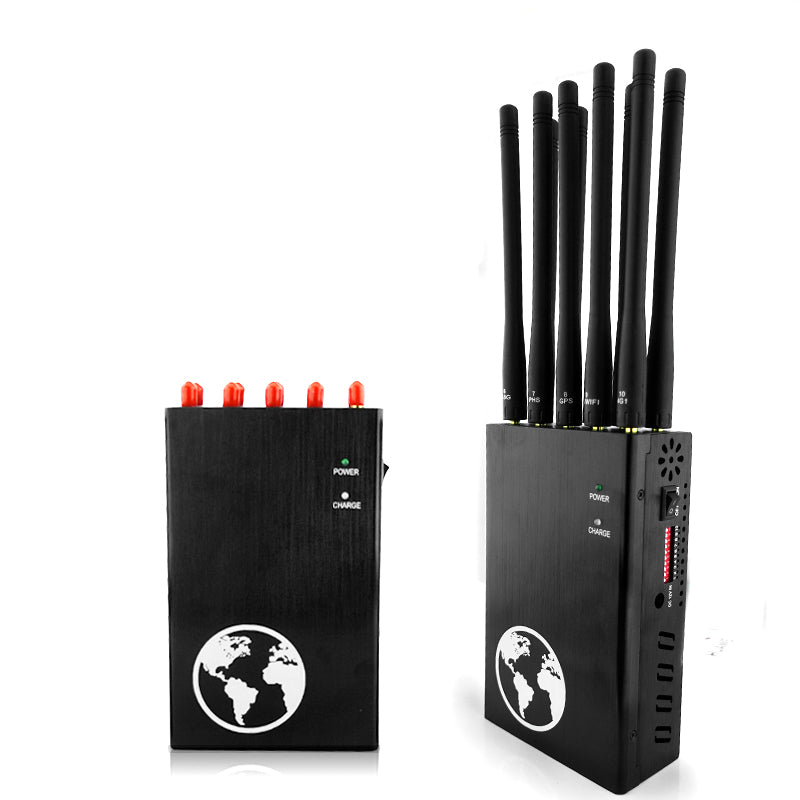The Rise of Wi-Fi Blockers: Implications and Concerns from YIFALIU's blog
Wi-Fi has revolutionized the way we connect and communicate, but with its widespread adoption comes a concerning trend: the rise of WiFi blockers. This article explores the implications and concerns surrounding the increasing use of Wi-Fi blockers, shedding light on the potential consequences for individuals, businesses, and society as a whole.
Understanding Wi-Fi Blockers:
This section provides an overview of Wi-Fi blockers, explaining how these devices work and their primary purpose of disrupting or blocking Wi-Fi signals. It also touches upon the various types and capabilities of Wi-Fi blockers available in the market.

Privacy and Security Concerns:
One of the main implications of Wi-Fi blockers is the impact on privacy and security. This part examines the potential risks associated with Wi-Fi blockers, including unauthorized access to sensitive information, network vulnerabilities, and the potential for malicious activities.
Business Disruption:
Wi-Fi blockers can have detrimental effects on businesses and organizations that heavily rely on wireless networks. This section discusses the disruption caused by Wi-Fi blockers in various industries, such as hospitality, retail, and healthcare, and highlights the financial and operational implications.
Legal and Regulatory Landscape:
The use of Wi-Fi blockers raises legal and regulatory questions. This part explores the legal framework surrounding Wi-Fi blockers in different jurisdictions, including their legality, restrictions, and penalties. It also delves into the challenges of enforcing regulations and the need for consistent policies.
Ethical Considerations:
The ethical implications of Wi-Fi blockers are examined here, emphasizing the impact on the rights and freedoms of individuals. It discusses the ethical responsibility of individuals and organizations in using Wi-Fi blockers and the importance of considering the potential collateral damage.
Mitigation Strategies:
To address the concerns associated with Wi-Fi blockers, this section presents mitigation strategies for individuals and organizations. It covers measures such as network monitoring, encryption, signal strength optimization, and the use of intrusion detection systems.
Public Awareness and Education:
Raising public awareness about the risks and implications of Wi-Fi blockers is crucial. This part explores the role of education and awareness campaigns in promoting responsible Wi-Fi usage, highlighting the need for collaboration between stakeholders.
Future Outlook:
The article concludes by discussing the future outlook of Wi-Fi blockers and the importance of striking a balance between legitimate uses, security concerns, and regulatory frameworks. It emphasizes the need for ongoing research, technological advancements, and policy development to mitigate the risks associated with Wi-Fi blockers.
By understanding the implications and concerns surrounding the rise of signal blockers, individuals, businesses, and policymakers can make informed decisions to protect their networks, privacy, and security in an increasingly connected world.

The Wall